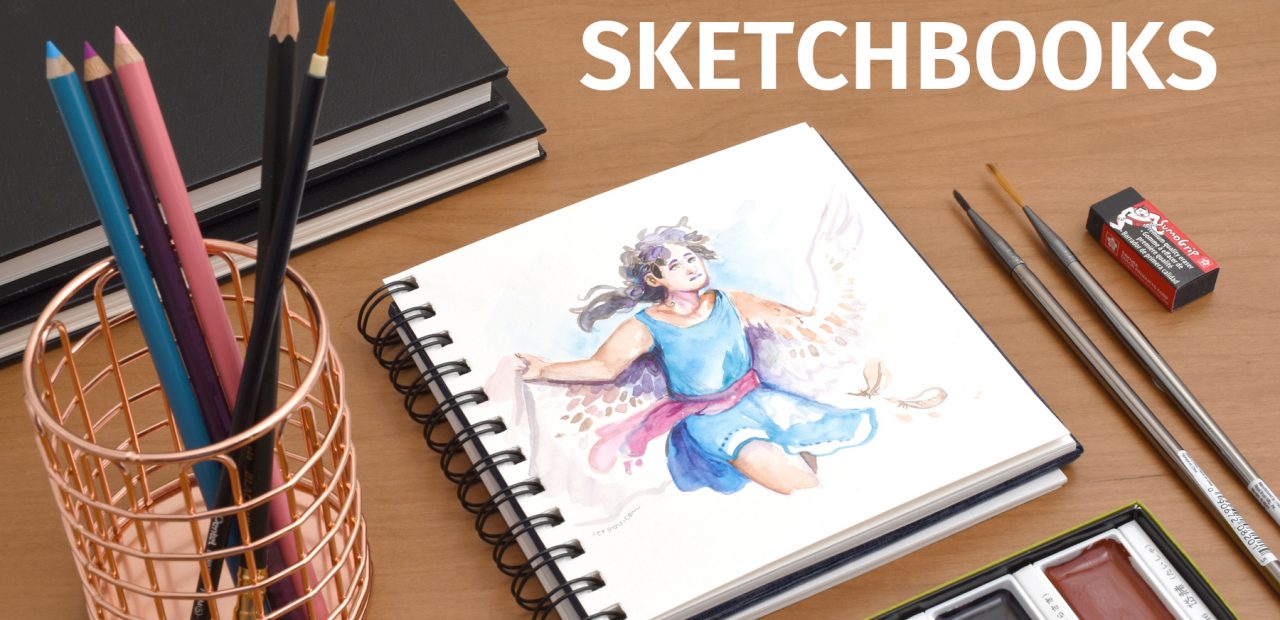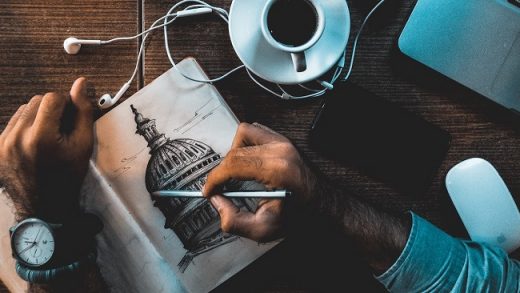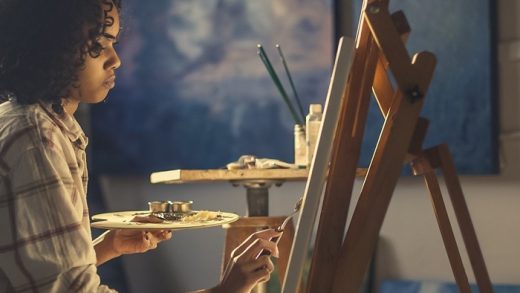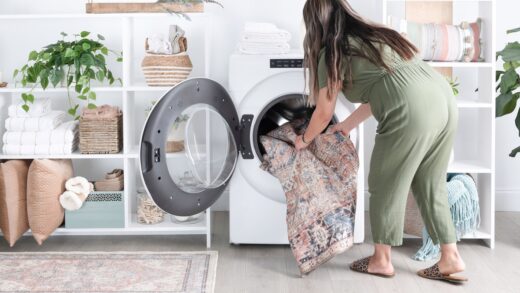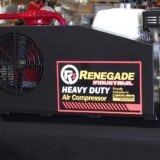Choosing the Best Sketchbook for Your Designs
If you’ve come up with an idea for your new sketch or decided to improve your art skills and you’re looking to upgrade your workstation, a new addition like a sketchbook piece will come in handy. Even though many artists resort to sketching digitally, and archive their work in files, the classic sketchbook will never go out of style.
There are a lot of categories to look into before ordering a sketchbook online or getting one from your local art supply shop. From different sizes and layouts to the types of paper and bindings, all of these are contributing factors when deciding which sketchbook to get.
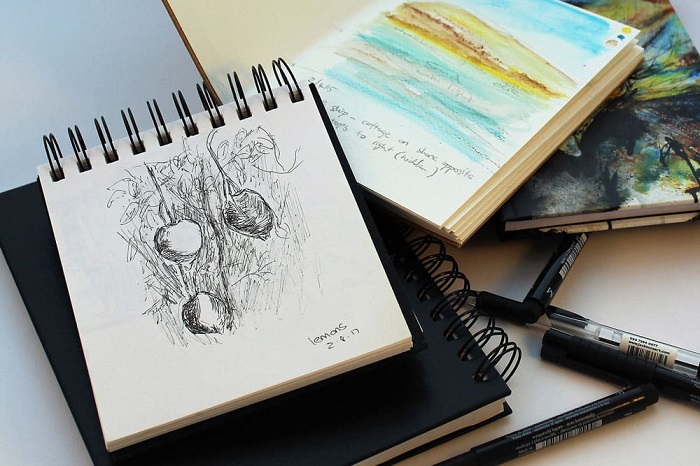
Source: createlet.com
Contents
Types of Paper
The kind of paper you’re going to sketch on is quite important and determines the results you’ll have. Different kinds of papers are used for different types of artwork, so it’s preferable to adjust the paper to your needs. The dominant and most used art materials will determine what kind of paper suits you.
For more drawings and illustrations you should try the cartridge paper which holds well graphite and charcoal. Since the paper is thicker than a normal sketchbook, it holds better over time.
While the normal type of paper holds ink and pencil work the best, it might not work well with watercolour. As luck would have it, there is a sketchbook paper designed to hold the watercolour shades and pigments, precisely because of the materials they’re made of. Watercolour papers are made of cotton and they give a professional approach to working with watercolours. An inexpensive substitute to cotton is wool pulps which may be more of a suitable alternative for beginners.
While you practise your watercolours, the toned papers give more of a lightweight feel. Toned paper can handle light washes of ink and colours, but may cause warping of the paper when using heavy washes and water based products.
If you’re still sceptical of the kind of paper you like, try the mixed media paper which allows you to draw and colour every single thing in the book. You might want to lean towards the heavier version though, to avoid the creasing formations and increase the durability of the book. This version of sketchbooks is the best for experimenting and working with different kinds of paint.
Spiralbound vs Hardbound
If you’re struggling with the sketchbook bindings, you can try the spiral paperbooks that offer more accessible space when working. The pages are bound together with a wire loop, so it makes it easy to flip pages and take out unwanted ones, plus it gives more freedom to manipulate the page order. Spiral sketchbooks tend to be cheaper, but they’re more prone to damage and edges can get torn down very easily.
Considering the disadvantages of the spiralbound sketchbooks, the hardbounds deliver better resistance to wear and tend to last longer when carrying them around. Whether the pages are sewn or glued together, the hardbounds carry more protection of the paper. If you tend to capture landscapes or portraits of people you’ve met, you’ll often carry your drawing pad book in your backpack, so it might be better to settle for a hardbound sketchbook.
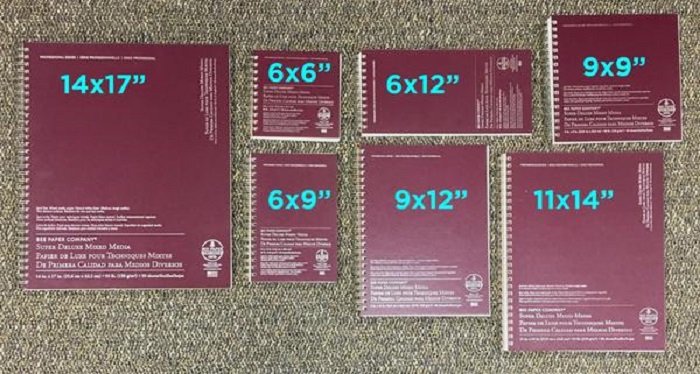
Source: cowans.org
Portrait Layout, LandScape or Square Format?
What paper layout is best depends on the artist’s preference, and it is totally an individual thing. The type of paintings practised play an important role when choosing the paper layout of the sketchbook.
Decide on a landscape layout if you are more adventurous and enjoy the free space this sketchbook has to offer. If you are fixed on exclusively painting portraits, then the portrait format would be the easy choice of option. While square format sketchbooks are harder to find, they’re ideal for painting and colouring in geometric shapes like mandalas.
What Kind of Paperweights Are There?
So the paper weight is measured on how thick the paper is itself. The biggest measuring tool used for the thickness of paper is the metric system, or the grammage of the paper. Therefore, thinner paper grammage is recommended for pencil designs and other lightweight colouring techniques. In contrast, heavyweight drawing papers are being used for watercolouring and marker painting where the paper needs to withstand the heavy water and alcohol-based materials. Heavyweight papers aren’t susceptible to warpings and bleed-throughs.
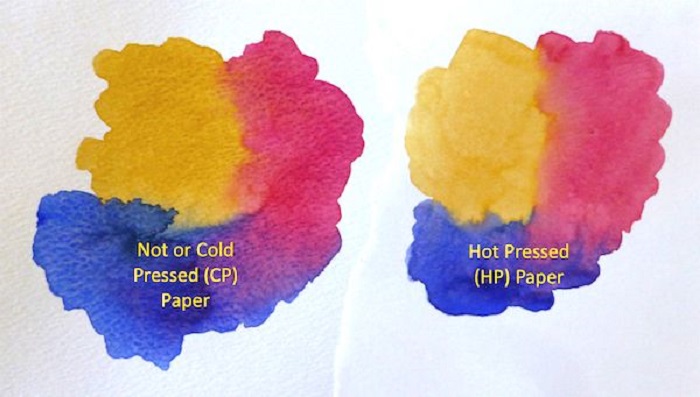
Source: tshirtprofessional.com
Cold Pressed Paper and Hot Pressed Paper
When talking texture, there are two categories to look into, cold pressed and hot pressed papers. Cold pressed papers are usually more rough and have a great deal of tooth. They’re better for beginners, since watercolours are faster absorbed into the surface of the paper. That may indicate less vivid colours once dried. But hot pressed papers have very little tooth, meaning the texture to the paper is smoother, blending on it is easier and the colours appear more vibrant in comparison with the cold press.
Coloured Paper
You’ll find that some sketchbooks come with non-white coloured papers. Grey- tones and off-white papers are good for practicing tonal drawings and shading. When you’re going for a coloured paper book, you might want to use a white pencil or paint to highlight the important parts to give more dimension to your paintings.
Sketchbook Sizes
One other important thing to consider is whether you want an easily portable sketchbook that you can carry around in your backpocket or you intend to work from home only and require more workspace. These sketchbooks come in different sizes that don’t shy away from your needs.
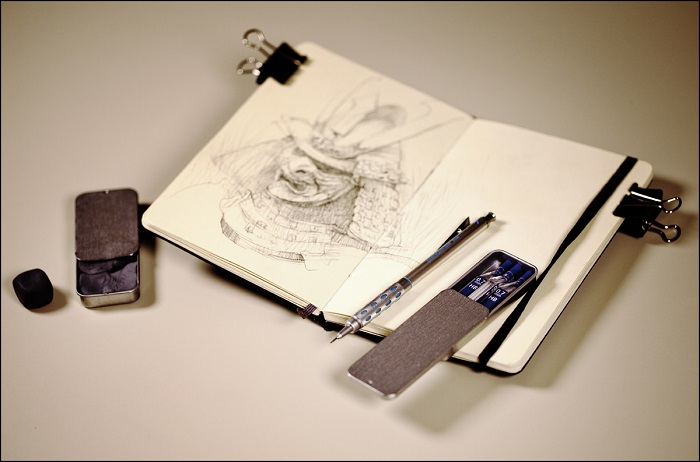
Source: citizensketcher.com
The Art Materials That Go Into The Works
Just like deciding on the right paper materials, sizes, bindings, textures and else, it is equally important to invest in high-quality media like art pencils for sketching, acrylic paints, watercolour palettes and much more. As many times said before, some paper and drawing materials won’t blend well and may cause a decrease in quality. Avoid wasting materials by learning useful tips for complementary products.
In the end, it all comes down to your drawing skills and preferences. Buying a sketchbook online and having a wide selection of brands and paper materials can make the shopping experience easier. With time, you can experiment with different sketchbook styles and brands in order to develop a personal taste, there is no right or wrong to it. Whether you are using heavy duty colours or light pencil strokes, the right paper will make wonders for your artistic journey.

